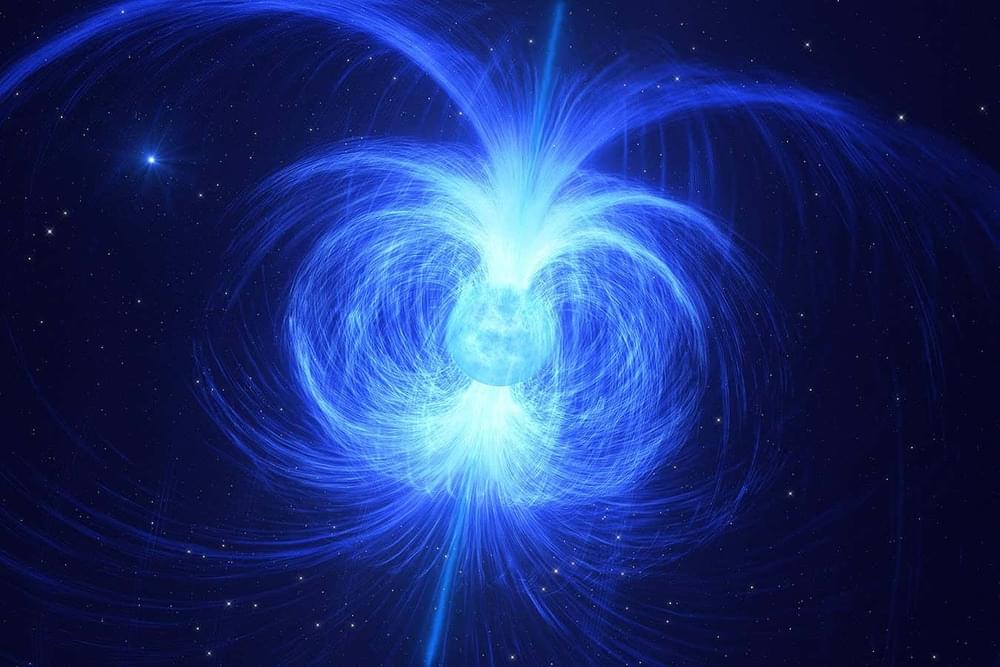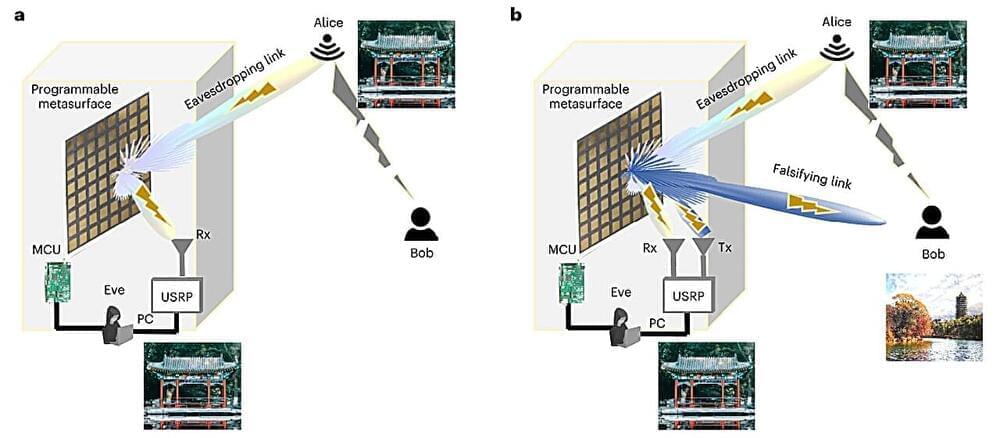Have you wondered will Chat GPT 4 replace programmers? Chat GPT is powerful, but I don’t believe it will replace software engineers any time soon. 😃
Kinsta’s Application Hosting and Database Hosting simplifies your workflow in seconds. Building and maintaining complex infrastructures for your web apps is now a simple task. Connect your GitHub account, select your repository, and deploy your app. Plus, you can connect your database and benefit from fast internal connections with no row count or query limits.
Kinsta Application Hosting: https://bit.ly/40IGRoU
Kinsta Database Hosting: https://bit.ly/40ptbj0
Kinsta Hobby Hosting: https://bit.ly/3TVoA5A
Follow me on instagram: @withmarko.
=== Links ===
☕️ Source code on my Github:








